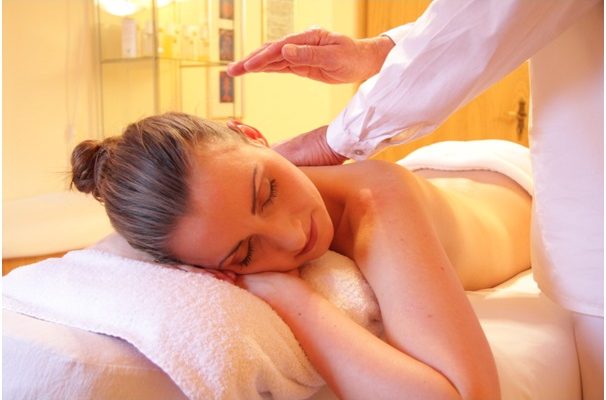Psychological Assessment & therapy bramptonsays that pphysiotherapy is the safest way of treating diseases. Today in medicine there is no such branch in which physiotherapy would not be used. Physical therapy applies soft, gentle and non-invasive treatments that practically do not have contraindications.
Advantages of physiotherapy
the stomach of the muscle consists of 3 layers of muscles that firmly support the internal organs and spine. If they are not trained, they are lethargic, for up to 30 years; it causes health problems, including back pain, spinal pain, hip degeneration, incontinence.
Pain in the lower back. It is a form of treatment that uses physical stimulation, such as electricity, heat and cold, light, ultrasound, and magnetic fields. Physical therapy can be used as a medicine for using other methods of physical therapy, for example: heating the tissue before massage or cryotherapy before training or kinesitherapy.
Physiotherapy methods are, above all, natural factors:
Move;
Sound waves;
Exposure to heat;
Light;
Water;
Magnetic fields.
Physiotherapy does not cause pain, does not cause allergic reactions and is used regardless of the age and condition of the patient. Some techniques apply even to newborns and to very old patients.
The base has all kinds of therapeutic currents. Ultrasound is added by physiotherapeutic methods. Thermal therapy procedures can be performed using an infrared device. Patients benefit from the therapeutic effects of new procedures, such as high-voltage impulse currents and extracorporeal therapy with shock waves.
In addition, low power laser therapy is useful for some pain. Venous lymphatic drainage is performed either by manual massage or by a lymphatic massage apparatus. The main goals of physiotherapy are: Fighting pain for relaxing muscles, improving blood circulation for better tissue storage and removing toxic products that increase trophic tissue and improving cellular muscle gymnastics metabolism. All of these effects are useful for the following disorders of the locomotor system.
Physiotherapeutic methods
Physiotherapy methods are divided into therapy with devices and no devices. The first group includes treatment methods with the help of special devices or artificial physical factors. In the second – techniques it involves only movement and manual massages.
Device techniques treat:
Pain in the spine suffering peripheral joint nature rheumatoid arthritis, inflammatory, posttraumatic or postoperative recovery of leg pain: injuries static landing induced heel, hallux valgus, joint pain Morton neuronal pain, tendonitis, diphtheria, muscle tenderness, sensitivity, ligament secondary physical effort, injuries or post-operative recovery of muscle deficiency after peripheral nerve damage, sec cerebrovascular disease. Extracorporeal therapy with shock waves.
Non-instrumental techniques: physical therapy (physical therapy), manual massage, (acupuncture and acupuncture). Usually the methods of this group are applied in the rehabilitation phase of the patients after the main treatment.
Therapy of extracorporeal waves is a modern, safe and highly effective treatment for several conditions. It uses high-energy sound waves targeting target areas and removes damage to tendons, ligaments, capsules, muscles and bones. Does not require anesthesia, does not require immobilization or rest, and no side effects.
Indications for the treatment of extracorporeal shock waves are multiple and directed at. High-voltage pulsed currents. High-voltage impulse currents are modern physiotherapy procedures, with clear advantages in some cases. Some authors include it in the field of microstructure.


